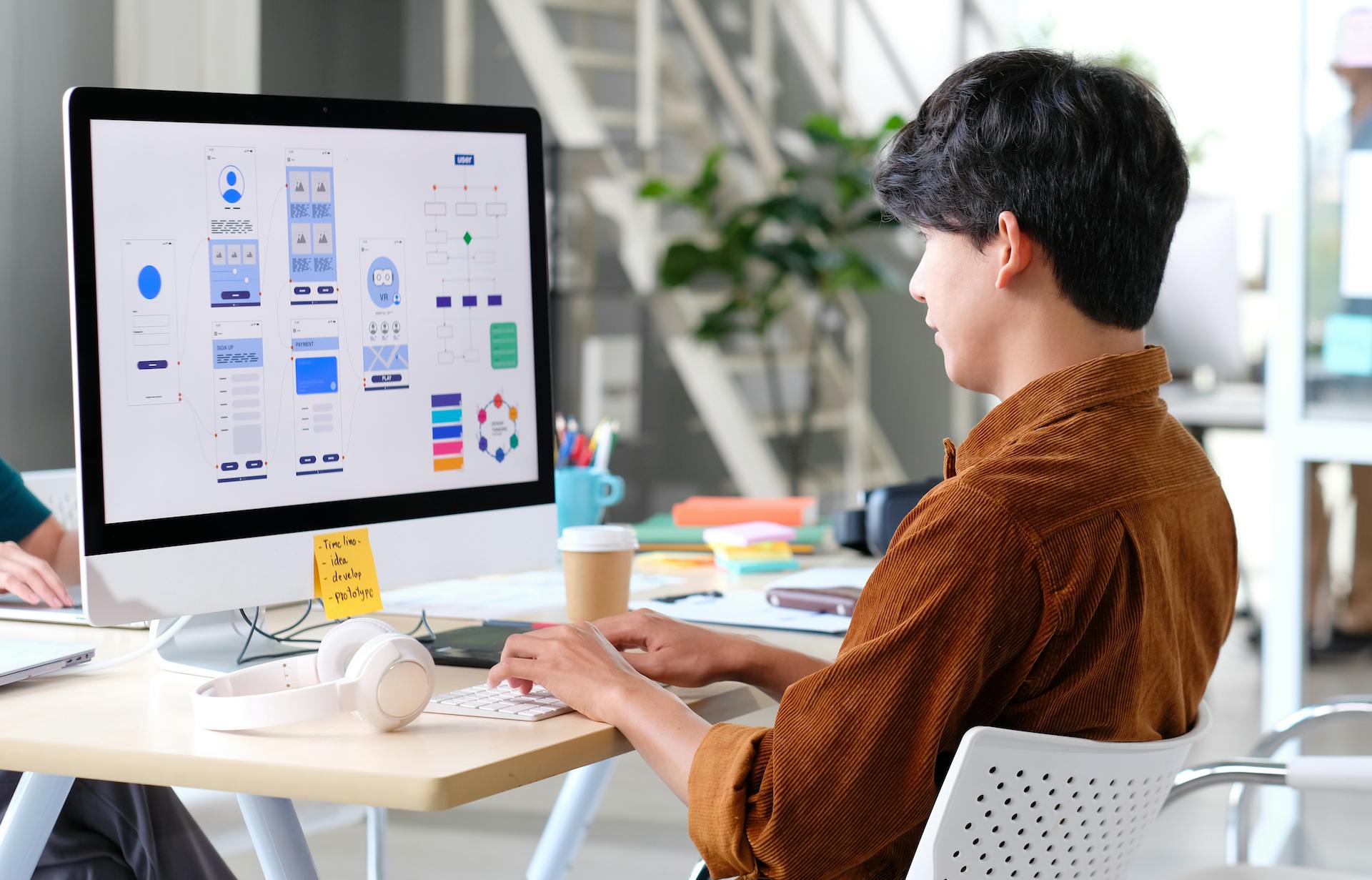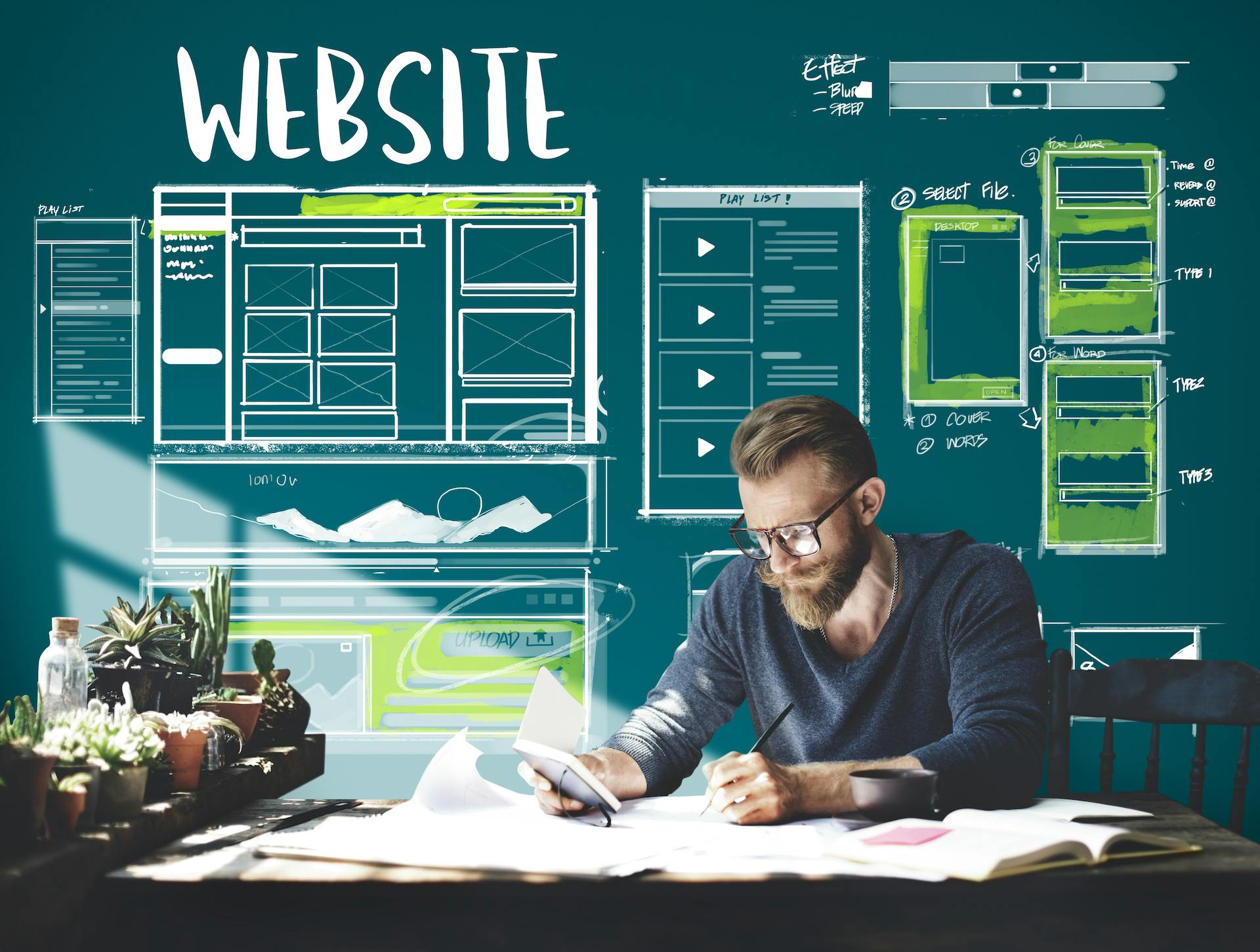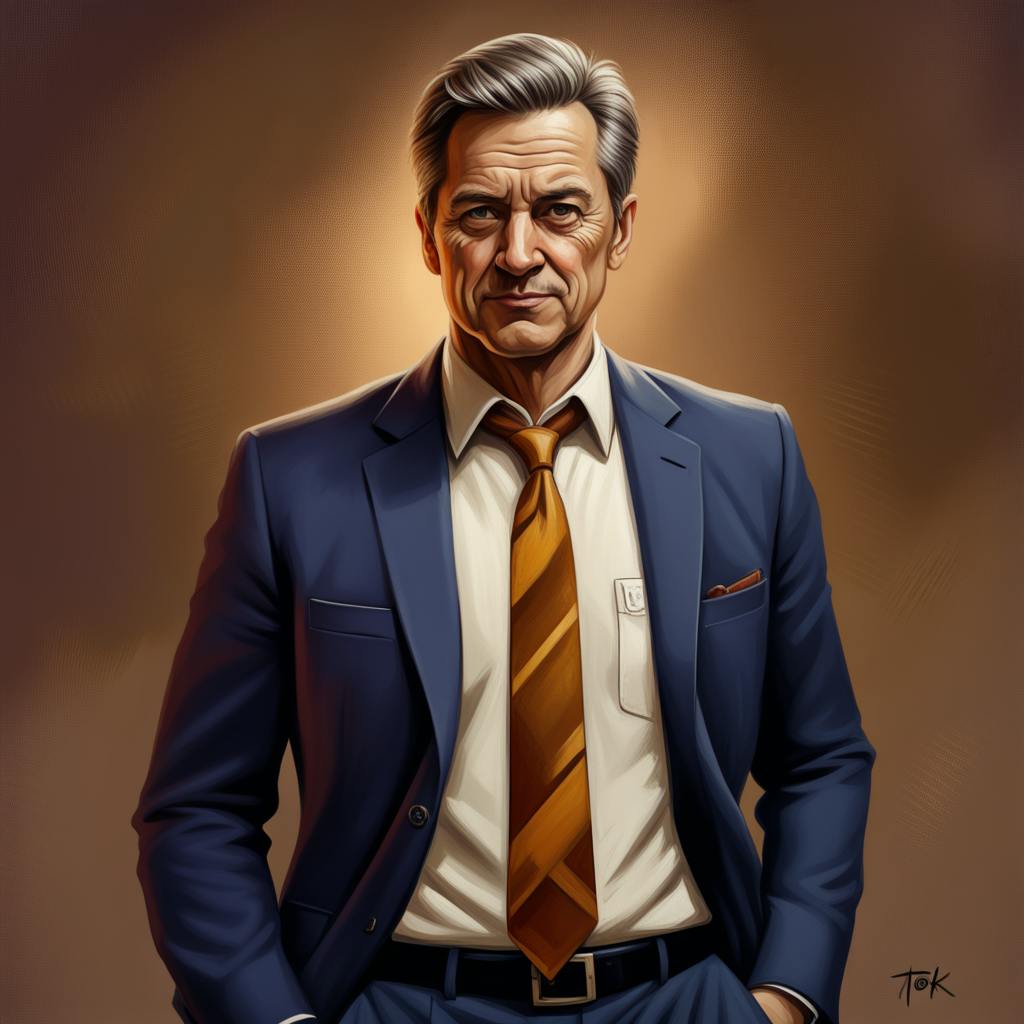Modern Website Design Examples
In today's digital age, having a strong online presence is crucial for businesses wanting to stay relevant and competitive. A major aspect of establishing this presence is through website design. With the rapid advancements in technology and constantly evolving consumer preferences, businesses must keep up with the latest trends in website design.
One such trend that has been gaining traction in recent years is futuristic aesthetics. In this article, we will delve into the concept of futuristic design and its application in modern website design. We will explore the key components of modern website design, the effective implementation of futuristic aesthetics, the best tools and technologies for creating modern web designs and the important elements to consider when designing a modern website.
Futuristic design refers to a style of design that incorporates elements and concepts from science fiction, advanced technology and progressive thinking. It is known for its bold and unconventional approach, often incorporating sleek lines, geometric shapes and bright, metallic colors. With the increasing influence of technology and its integration into our daily lives, it is no surprise that futuristic design has become a popular trend in the world of web design.
Web design, on the other hand, refers to the process of creating and designing websites. It involves various elements such as layout, color, graphics, fonts and content to create an attractive and functional website. The goal of web design is to not only showcase a brand's products or services but also to provide users with an optimal user experience and easy navigation.

Artwork generated with prompt workflow by Dré Labre
Key Components of Modern Website Design
Modern website design is a combination of aesthetics and functionality, with a focus on creating a visually appealing and user-friendly website. Let's take a closer look at the key components of modern website design:
1. Minimalism: A popular trend in website design, minimalism involves the use of a clean and simple design with minimal elements, resulting in a clutter-free and visually appealing website.
2. Responsive design: With the increasing use of mobile devices, having a responsive website is crucial. Responsive design allows websites to adjust and adapt to different screen sizes, providing users with a seamless experience across all devices.
3. High-quality visuals: The use of high-quality images, videos and graphics can greatly enhance the visual appeal of a website and leave a lasting impression on visitors.
4. User-friendly navigation: A user-friendly and intuitive navigation system ensures that visitors can easily find what they are looking for on a website, leading to a positive user experience.
5. Interactive elements: Incorporating interactive elements such as animations, hover effects and scrolling effects can add an element of fun and engagement to a website, making it more memorable for visitors.
Effective Implementation of Futuristic Aesthetics in Website Design
While futuristic design may seem like a challenging concept to incorporate into website design, with the right approach and tools, it can be effectively implemented. Here are some tips for incorporating futuristic aesthetics into website design:
1. Use of bold colors: The use of bright and bold colors, particularly metallic hues such as silver, goldand bronze, can add a futuristic touch to the overall design of a website.
2. Incorporation of geometric shapes: Geometric shapes such as squares, circles and triangles can add a modern and futuristic look to a website. These shapes can be used in various elements such as buttons, icons and backgrounds.
3. Embrace asymmetry: Breaking away from traditional symmetric designs and incorporating asymmetry can add a futuristic and unconventional element to website design.
4. Experiment with typography: The use of unique and unconventional fonts can greatly enhance the overall look and feel of a website, giving it a futuristic edge.
5. Add animations and scroll effects: Animations and scrolling effects can add a dynamic and futuristic touch to a website, making it more engaging for visitors.

Artwork generated with prompt workflow by Dré Labre
Best Tools and Technologies for Creating Modern Web Designs
To effectively implement a futuristic design and create a modern website, various tools and technologies can be used. Some of these include:
1. Adobe Creative Suite: This suite includes various design programs such as Photoshop, Illustrator and InDesign, which are essential for creating high-quality and visually appealing designs.
2. Sketch: Sketch is a powerful tool for creating website layouts and designs, with a focus on user interface and experience design.
3. WordPress: This Content Management System (CMS) offers a variety of themes and plugins that can be used to create a modern and feature-rich website.
4. CSS Grid and Flexbox: These are modern CSS layout techniques that allow for more control and flexibility in website design.
Elements to Consider When Designing a Modern Website
When designing a modern website, it is important to consider various elements that contribute to its overall look and functionality. Here are some key elements to keep in mind:
1. Brand identity: A website should reflect the brand's identity and values, with consistent use of branding elements such as logos, colors and fonts.
2. Usability: A modern website should be user-friendly and easy to navigate, with clear and concise information for visitors.
3. Loading speed: In today's fast-paced world, users expect websites to load quickly. Optimizing images, using caching and minimizing code can greatly improve website loading speed.
4. Search engine optimization (SEO): A modern website should be optimized for search engines, making it more visible and accessible to potential customers.
5. Mobile-friendliness: With the increasing use of mobile devices, a modern website needs to be optimized for mobile viewing.
In conclusion, futuristic design is a trend that is here to stay. By incorporating elements of futuristic aesthetics into website design, businesses can create a modern, visually appealing and user-friendly website that will leave a lasting impression on visitors. By utilizing the right tools and technologies, considering important elements such as brand identity, usability and loading speed, businesses can effectively implement modern website design and stay ahead of the competition.
Key Points:
- Futuristic design is a trend gaining popularity in website design.
- Modern website design involves key components such as minimalism, responsive design and high-quality visuals.
- Futuristic aesthetics can be effectively incorporated into website design through the use of bold colors, geometric shapes and unique typography.
- Tools and technologies such as Adobe Creative Suite, Sketch and WordPress can aid in creating modern websites.
- Important elements to consider when designing a modern website include brand identity, usability and mobile-friendliness.

